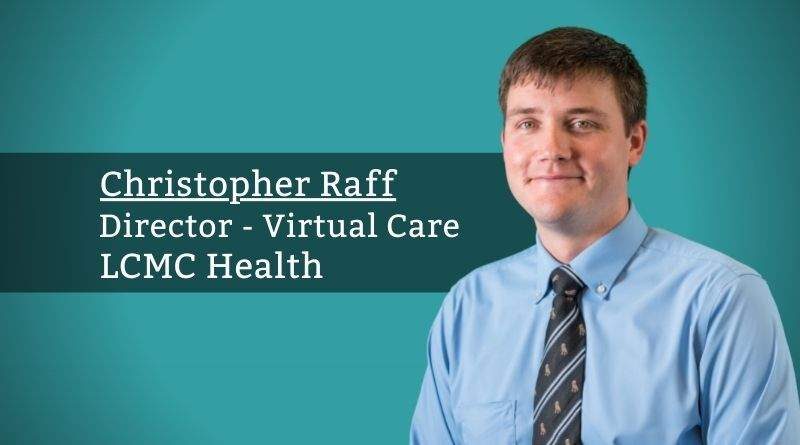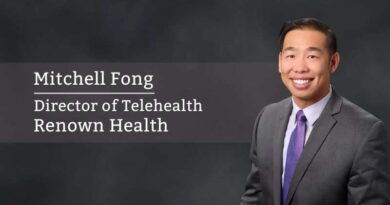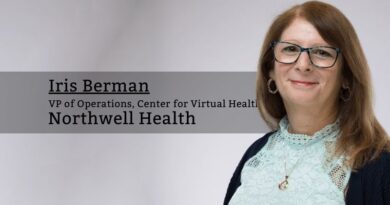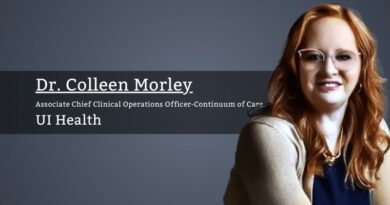Filling the Age Gap in Virtual Care: Expanding from Pediatric to Adult Markets
By Christopher Raff, Director – Virtual Care LCMC Health, and Dr. Damon Dietrich, Dr. Scott Mackey, Dr. Aaron Martin and Dr. Aaron Thompson
As the name suggests, Louisiana Children’s Medical Center Health (LCMC Health) was originally founded by Louisiana’s only freestanding children’s hospital – Children’s Hospital of New Orleans (CHNO). Over time, the system has grown to include five additional adult hospitals: New Orleans East Hospital, Touro Infirmary, University Medical Center New Orleans, East Jefferson Medical Center, and West Jefferson Medical Center. The system is composed of over 2700 providers, 13,000 employees, 1900 licensed beds, 400,000 annual emergency department visits, 55,000 annual admissions, and 1.4 million annual outpatient visits. Before the COVID pandemic started, CHNO was also at the forefront of telehealth and virtual care services. Due to COVID, LCMC rapidly implemented and deployed a virtual care adult expansion. Virtual care was deployed to our EDs and inpatient units in less than two weeks in March 2020 in an effort to protect patients and providers while preserving personal protective equipment (PPE). Through this process, we learned not only how different age groups respond and adapt to new technologies but also how these age groups dictate the need for these new technologies to meet their individual needs.
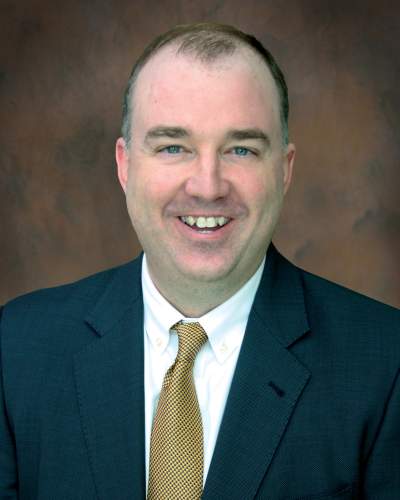
A needs assessment conducted by CHNO identified access to care as a top priority for LA children. Although shortages in pediatric specialists are not unique to LA, the additional barriers of transportation and general health literacy gaps due to overall lower education and socio-economic factors have only worsened health outcomes. The ease in which a population accesses health care has a direct correlation to overall community health. Thus, virtual care at CHNO was started with the express purpose of increasing access to care for children.
As a regional medical center for children, CHNO serves pediatric patients across the entire state and Gulf South US. In many instances, this would require patients to travel hundreds of miles to see their specialist. LA has a 19% poverty rate, so travel expenses are a huge barrier to access. This is exacerbated by the state’s second to the last rank in overall education, so any time spent away from work or school is critical. This also places increased pressure on patient satisfaction scores, as time from work and school need to be outweighed by the value gained from their encounter with a specialist. Since its inception in 2017, it is estimated that the Virtual Care Program has saved patients over a million travel miles and nearly $500,000 in travel expenses.
All things considered, the CHNO patients have embraced the convenience and cost-effectiveness that virtual care has to offer. This also applies to the local patient population as well, as seen through the 24/7 Virtual Care On-Demand Program. Patient testimonials reveal that the added benefit of remote care, especially in the evenings, is that parents do not need to travel with multiple children to seek care for only one sick child. Furthermore, remote care removes the chances that a healthy child would contract an illness (COVID-19) from being in close proximity to sick people.
To summarize, the pediatric population have been very open to new technologies. In addition to parents’ being a younger and a more tech-savvy generation, there is a more open attitude to things new and exciting. Virtual Care at CHNO has not been without its growing pains. The program has undergone numerous shifts in technologies, vendors, and workflows; however, the benefits to the patient far outweigh the program remodeling and workflow changes. As LCMC transitioned to the adult market, these attitudes begin to shift as priorities tend to change with age.
Although LCMC Health was already planning an expansion of Virtual Care into the adult market, the COVID-19 pandemic accelerated this move. While an easy transition for the pediatric world, the same could not be said for the adult side, which differs in health conditions, patient expectations, and patient lifestyles. In addition, this patient population is less tech-savvy and less open to emerging technologies. This created a problem for Virtual Care leadership, as the pediatric virtual care model differs from adults. Adult patients have an entirely different set of priorities and are less forgiving when technology fails. Where is virtual care value if the traditional burdens of travel, provider shortages, and opportunity costs are not applicable?
The answer requires redefining what virtual care is and specifying how it is useful to older patients. In general, the adult population has a long history of healthcare touchpoints; and are more prone to chronic conditions, which causes these patients to navigate a complex healthcare landscape. LCMC Health, therefore, expanded virtual care offerings to focus on a care continuum model with an emphasis on improved health outcomes. This was done by launching a remote patient monitoring (RPM) service line, which focuses on keeping patients connected with their providers. Through remote hypertension and diabetes management services, patients are able to submit data directly to providers. In addition, the establishment of a transitional care management program eliminates care gaps while increasing healthcare literacy. What stands out the most from the expansion of virtual care to the adult market is the patient-centered approach to healthcare and technology, which addresses the customer’s (patient) specific needs. Although applied in different ways, virtual care’s value comes from the versatility to meet different patient needs and expectations.
